St. Isidore Farm (성이시돌목장)
5.9 Km 2 2023-02-16
53, Sallongnam-ro, Jeju-si, Jeju-do
+82-64-740-6000
St. Isidore Farm was born when an Irish priest named McGlinchey (Korean name: Im Pi-je) was appointed in Jeju's Hallim region in 1954 and opened a livestock bank to help the impoverished locals. In 1961, it officially opened a central practice farm to not only educate on the livestock industry but also carry out hog farming, sheep breeding, beef cattle raising and dairy businesses. Today, the farm primarily raises cows and racehorses and produces high-quality organic milk and horses for racing to utilize the profits in various welfare projects. The farmland also presents an exotic scenery as the vast grasslands blend in with modern structures such as Ctesiphon, which symbolizes the history of the farm. The farm also has a cafe that uses milk produced at the farm in addition to a trail and park with religious themes.
Jeju Sanbangsan Carbonate Hot Springs (제주 산방산탄산온천)
6.4 Km 47832 2024-03-11
192, Sagyebuk-ro 41beon-gil, Andeok-myeon, Seogwipo-si, Jeju-do
+82-64-792-8300
Jeju Sanbangsan Carbonate Hot Springs is a carbonate hot spring that contains the main carbonic acid components (free carbonic acid, bicarbonate, sodium, etc.). It is said that this enhances blood circulation, lowering blood pressure and reducing the burden on the heart. It is also beneficial for skin care and fatigue recovery, making it a perfect place to relax after a long day of exploring Jeju. There is an indoor bath designed with glass inside as well as an outdoor open-air bath, so visitors can bathe while enjoying the view of Sanbangsan Mountain and the deep blue sea.
Figure Museum Jeju [Tax Refund Shop] (피규어뮤지엄 제주)
6.4 Km 0 2024-04-23
243 Hanchang-ro, Andeok-myeon, Seogwipo-si, Jeju-do
-
Jeju Art Park (Forest Fantasia) (제주조각공원(포레스트 판타지아))
6.5 Km 26565 2021-01-25
1836, Iljuseo-ro, Seogwipo-si, Jeju-do
+82-64-794-9680
Jeju Art Park opened in October 1987 in a large primeval forest. The park features around 160 sculptures made by 109 famous Korean artists in the theme of "Meeting of Nature, Art, and People." Each of the sculptures is set to harmonize with the beautiful natural surroundings. The park also features various facilities to enjoy, such as art events, an exhibition hall, and an observation deck with views of Hallasan Mountain and Marado Island, the southernmost land of Korea.
Camellia Hill (카멜리아힐)
7.2 Km 51512 2022-12-26
166, Byeongak-ro, Seogwipo-si, Jeju-do
+82-64-800-6296
Camellia Hill is a camellia arboretum that was created on a 172,000 square meter plot of land in Sangchang-ri, Jeju-do. The arboretum is home to 6,000 camellia trees of 500 different species including species that are known to produce the world’s largest and earliest blossoms. In addition to camellia trees, the arboretum also boasts palm trees, wildflowers, and other plants as well as a sprawling grass plaza and an ecological pond. Auxiliary facilities include a gallery exhibiting camellia-themed crafts and a multipurpose seminar room. Camellia Hill also offers a variety of lodging facilities ranging from thatched-roof cottages and wooden cabins to steel houses and a condominium-type resort.
Daejeonghyanggyo Confucian School (대정향교)
7.4 Km 17304 2019-12-26
165-17, Hyanggyo-ro, Andeok-myeon, Seogwipo-si, Jeju-do
+82-64-742-8866
Daejeonghyanggyo was a Confucian school during Joseon Dynasty. Although the exact date of construction is uncertain, it is estimated that the building was built around the same time as Daejeonghyeon in 1416.
The school was originally located inside Bukseong but it was once moved outside of Dongmun and then again to the site of Seoseong. It was finally moved to Dansan Oreum where it remains to this day. At present, Daejeonghyanggyo Confucian School consists of Daeseongjeon, Myeongryundang, Dongjae, Seojae Shinsammun, Daeseongmun, Dongmalmun and Dongjeongmun. Daeseongjeon was remodeled in 1669, 1688, and 1752. Myeongryundang was rebuilt in 1772. After several instances of remodeling and rebuilding, Daeseongjeon was remodeled again in 1993. The Confucian school was designated as the Jeju Tangible Cultural Asset No. 4 in August 1971.
Chocolate Museum (초콜릿 박물관)
7.6 Km 63598 2022-12-27
144, Iljuseo-ro 3000beon-gil, Daejeong-eup, Seogwipo-si, Jeju-do
The Chocolate Museum in Seogwipo, Jeju is the second largest chocolate museum in the world (the largest being the Cologne Chocolate Museum in Germany). Built using volcanic scoria unique to Jeju, the museum looks like an ancient castle and seems to complement the surrounding natural environment. The front yard measures 5,000 meters squared and is surrounded by a low-lying fence made of rough stones, giving even passerbyers a great view of the museum's front garden .
At the entrance to the museum, a whimsical statue of a cacao god greets visitors. The museum has three floors and houses a gallery, a theater, a café, a workshop, and a chocolate store. The most popular exhibits are the gallery with various exhibits on chocolate and the workshop showing the chocolate-making process. The chocolate produced at the museum is available for both sampling and purchase. In addition, the 'Collection Square' features a wide array of chocolate cases and other items that Mr. Han Ye-seok, the museum director, has collected from around the world.
In the 'Chateâu Chocolat: Real Chocolate Place' chocolate shop at the Chocolate Museum, visitors can get a taste of hand-made chocolates. The Chateâu Chocolat is a retail chocolate chain with franchises in Gyeongbokgung, Apgujeong, Itaewon, and Changdeokgung in Seoul, and Yangyang and Somdari in Gangwon-do.
Jeju Glass Museum (제주유리박물관)
7.8 Km 39330 2022-11-30
1403, Jungsanganseo-ro, Seogwipo-si, Jeju-do
+82-64-792-6262
Jeju Glass Museum (originally the Gimpo Glass Museum and SongHee Glass House), has been making a significant contribution to the advancement of Korean glass art over the past several years through constant research and innovation. The museum opened on March 1, 2008, and has state-of-the-art facilities including a glass art exhibition hall, studio with a kiln, glass-blowing room, and glass processing room. With an expansive area totaling 3,500 pyeong and a broad grass field for displaying artwork, it is a perfect place to study and learn. The museum also offers some programs for visitors to learn and gain a greater appreciation for glass art.
Andeokgyegok Valley (안덕계곡)
7.8 Km 37371 2021-01-27
Seoangol-ro, Seogwipo-si, Jeju-do
+82-64-740-6001
Andeokgyegok Valley in Gamsan-ri Village is located 2 kilometers east of Hwasun-ri. The valley is filled with many species of pine trees that make up the Evergreen Forest, designated as Natural Monument No. 377. The road from the entrance to the waterfall offers a picturesque scenery. The view at night, when lit by nothing but the stars in the sky, is nothing short of spectacular.
Sanbanggulsa Grotto - Jeju (산방굴사(제주))
7.9 Km 49941 2022-11-14
218-12 , Sanbang-ro, Seogwipo-si, Jeju-do
+82-64-794-2940
It is said that the peak of Hallasan Mountain where Baekrokho Lake now exists was taken off and thrown away, which then became Sanbangsan Mountain. The myth describes how unlike other mountains on Jejudo Island, this mountain does not have a crater. The 5m-high rock cave at the cliff on the southwest side of the mountain was originally called Sanbanggul Cave, but it is called a temple now because it possesses a Buddhist statue.
This is where monk Hye-Il (964~1053) had lived during the Goryeo dynasty (918~1392)
Inside the cave, you can see Marado Island and the Dragon Head Coast. You can also see small ponds being made by the water drops that fall from the ceiling all through the year. The plant zone on a cliff of Sanbangsan Mountain is also designated as a natural monument. It is the only place on Jejudo Island where island boxwoods grow. On the Dragon Head Coast is the Hamel Memorial Monument.
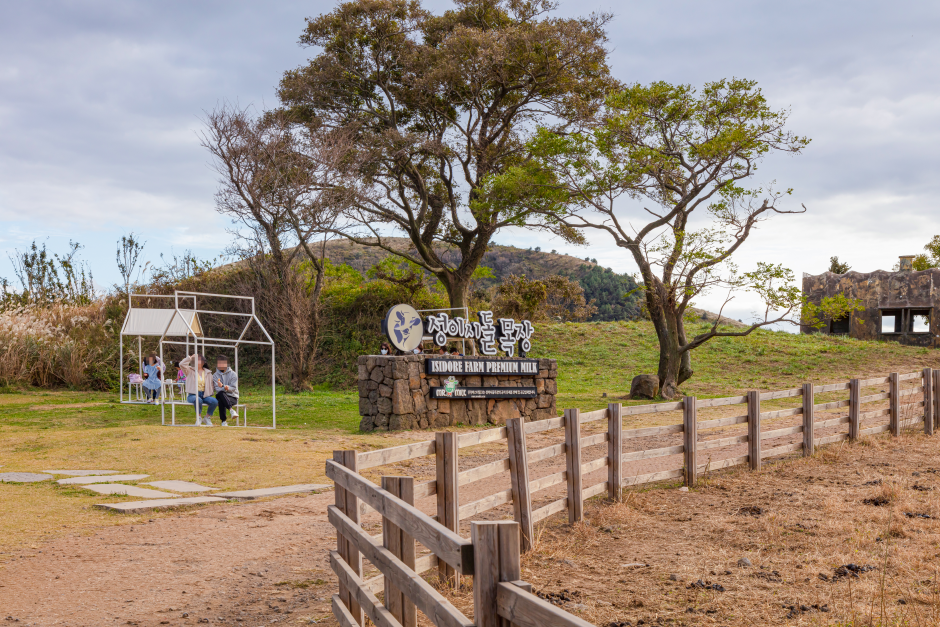

![Figure Museum Jeju [Tax Refund Shop] (피규어뮤지엄 제주)](http://tong.visitkorea.or.kr/cms/resource/80/2887680_image2_1.jpg)
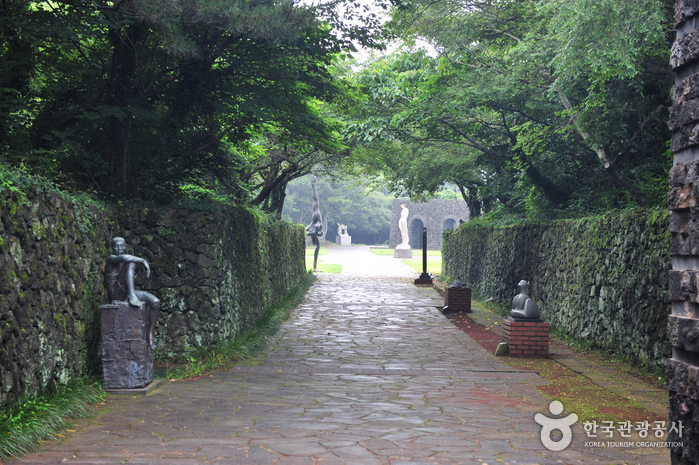
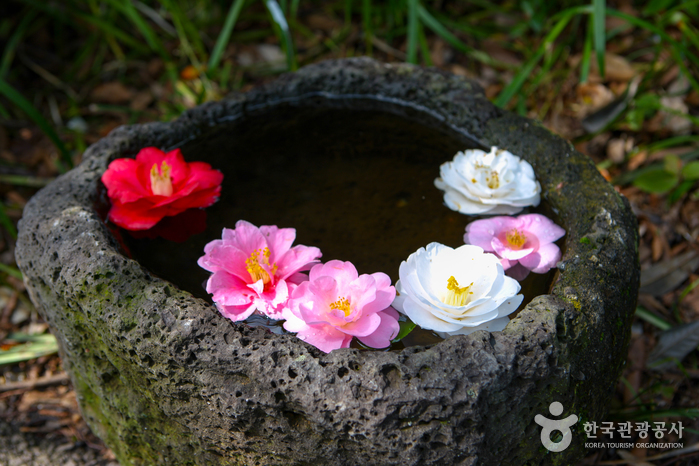
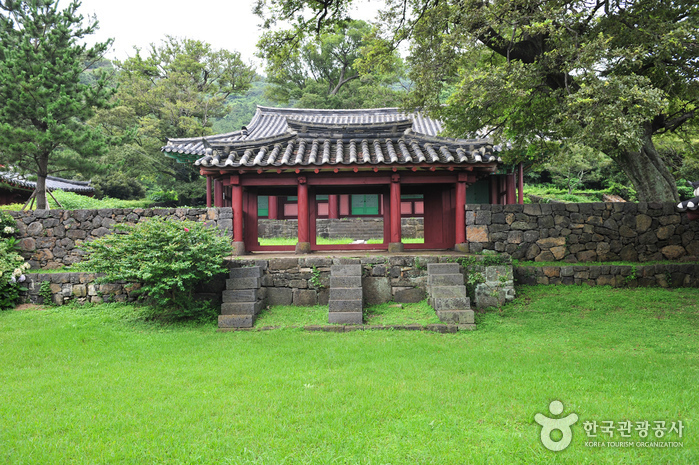
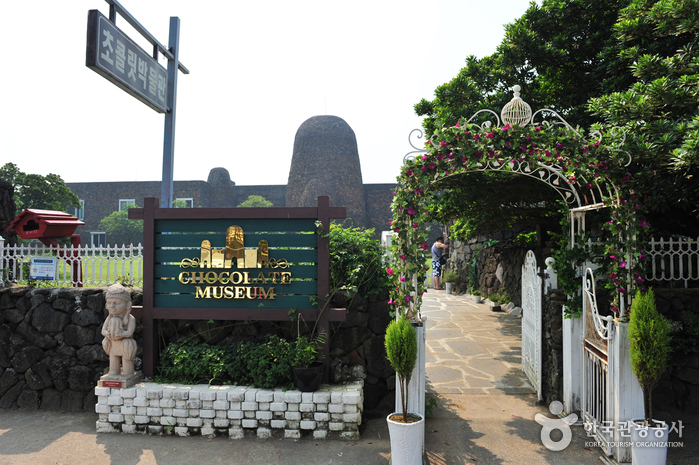
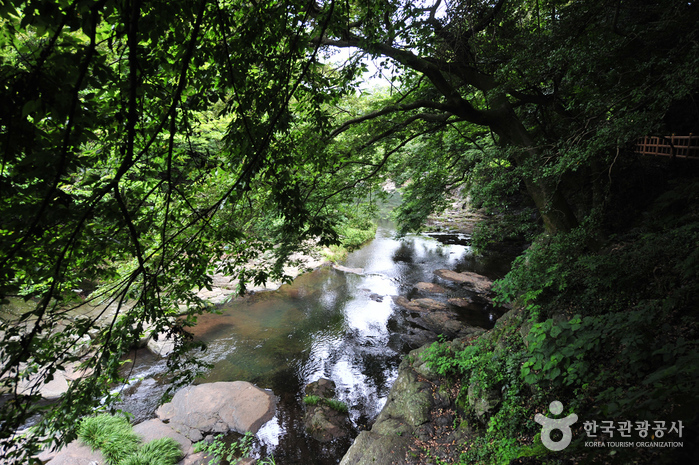
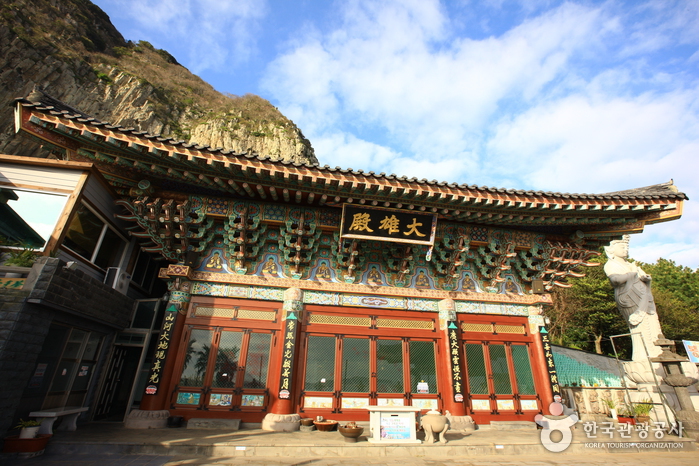
 English
English
 한국어
한국어 日本語
日本語 中文(简体)
中文(简体) Deutsch
Deutsch Français
Français Español
Español Русский
Русский